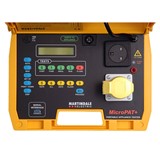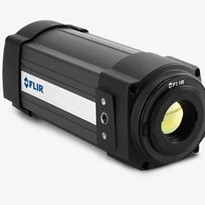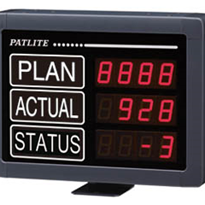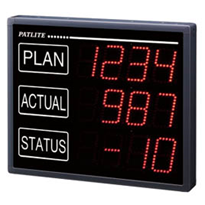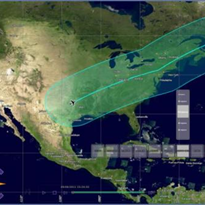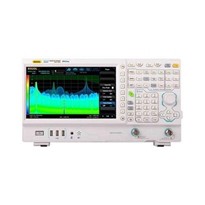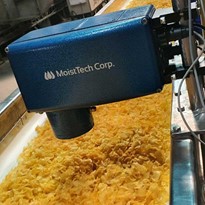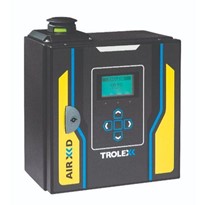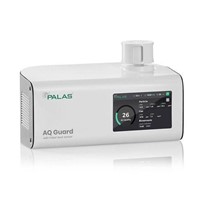Vehicle idling is an issue every fleet manager has to face, but thanks to telematics data from Anstel’s Connected Fleet solutions, it is possible to regulate this issue and bring down those expenses.
Why is idle time so high?
Before you know how to reduce idle time, you need to know why it exists in the first place. Each fleet is different from the other. For instance, long haul fleet drivers usually have higher idle times than those running a local route. Typical reasons for high idle time are:
- Loading and unloading
- Traffic
- Toll booths
- Document processing
- Stopped to use a phone
- Warming up vehicle’s engine or cab
- Rest stops
Of course, you have to keep in mind that there are times when avoiding idling isn’t possible, such as at stoplights or stop signs.
How much does it cost you?
As mentioned, a large number of fleet vehicles spend at least 3 hours idling each day. But the idle time could go up to 8 hours per day as well! Excessive idling costs fleet companies almost $12,000 per truck annually. You lose a percentage point of fuel economy for every 10% of idle time. Here are the costs:
Additional maintenance expenses
According to the Environmental Protection Agency, excessive idling means more maintenance costs. These expenses go up by approximately $2,000 per vehicle per year. Idling causes twice the damage to internal components as compared to turning the engine off and on. Moreover, idling reduces the time needed between oil changes. More frequent maintenance also increases vehicle downtime, which has its own impact.
Running costs
For a commercial truck, the estimated fuel cost is around $70,000 annually, but idling wastes around 8% of those funds. The more vehicles you have in your fleet, the more you waste.
Environmental & health costs
Carbon dioxide generated due to the transportation industry account for more than one-third of total emissions. Increased idling diminishes air quality for drivers and the community. While eliminating emissions altogether isn’t possible, idle time can surely be reduced.
How to reduce idle time?
There are numerous actions you can take to reduce vehicle idle time and associated costs via Anstel’s Connected Fleet solutions. Take a look:
Monitoring driver behaviour
Connected Fleet solutions record a lot of data about your vehicle, including how it is being handled by drivers. This includes braking, speeding, cornering, aggressive maneuvers, idling, and much more. Reckless or aggressive driving causes wear and tear to components much faster, thus increasing costs. This type of behaviour, especially speeding, can boost fleet risk. If that isn’t bad enough, they also raise fuel costs and impact insurance premiums. Telematics data provides a detailed insight into the driver’s behaviour. This information can be used to develop training modules, so they follow road safety rules on the road. For general fleet idling, this information helps you gauge how long your fleet idles and where.
Tracking idle time
Connected Fleet solutions let you set real-time alerts for driver behaviour. In most cases, fleet managers use it to warn drivers if they are speeding. But alerts can just as easily work to stop idling. Telematics devices monitor engine diagnostics and have the ability to track idling time. If a vehicle idles for too long, real-timealerts can be customized and sent to the driver and manager, for stopping the engine.
Idle time reports
Using telematics, you can see how long a vehicle has idled, along with its location. Use these reports to understand where you can cut down on idling. It could mean getting an auxiliary unit for your vehicles. Alternatively, you might consider enforcing rules such as having drivers turn off the engine after few minutes of idling. Afterwards, you can use telematics data to ensure that drivers are following these rules.
Optimising routes
Heavy traffic and congested roads are a huge problem for fleets. Connected Fleet solutions use sophisticated algorithms to map out every possible route to a destination, and then optimize them to create the most cost-effective route. Variables such as traffic, accidents, construction, and other disruptions, are factored in during route optimization. The route can be adjusted before or even during the trip. Less traffic means less idling too!
Geofencing
Geofencing is when you create a perimeter within which vehicles operate – you get an alert if they move in or out. Set a geofence around particular idling hot spots, and set real-time alerts, so you know exactly when vehicles enter and how they stay there.
Using Anstel’s Connected Fleet solutions, it is possible to prevent and reduce idle time, by providing feedback and real-time alerts. Thus, you save quite a bit of money in the long run, while profitability isn’t impacted.










